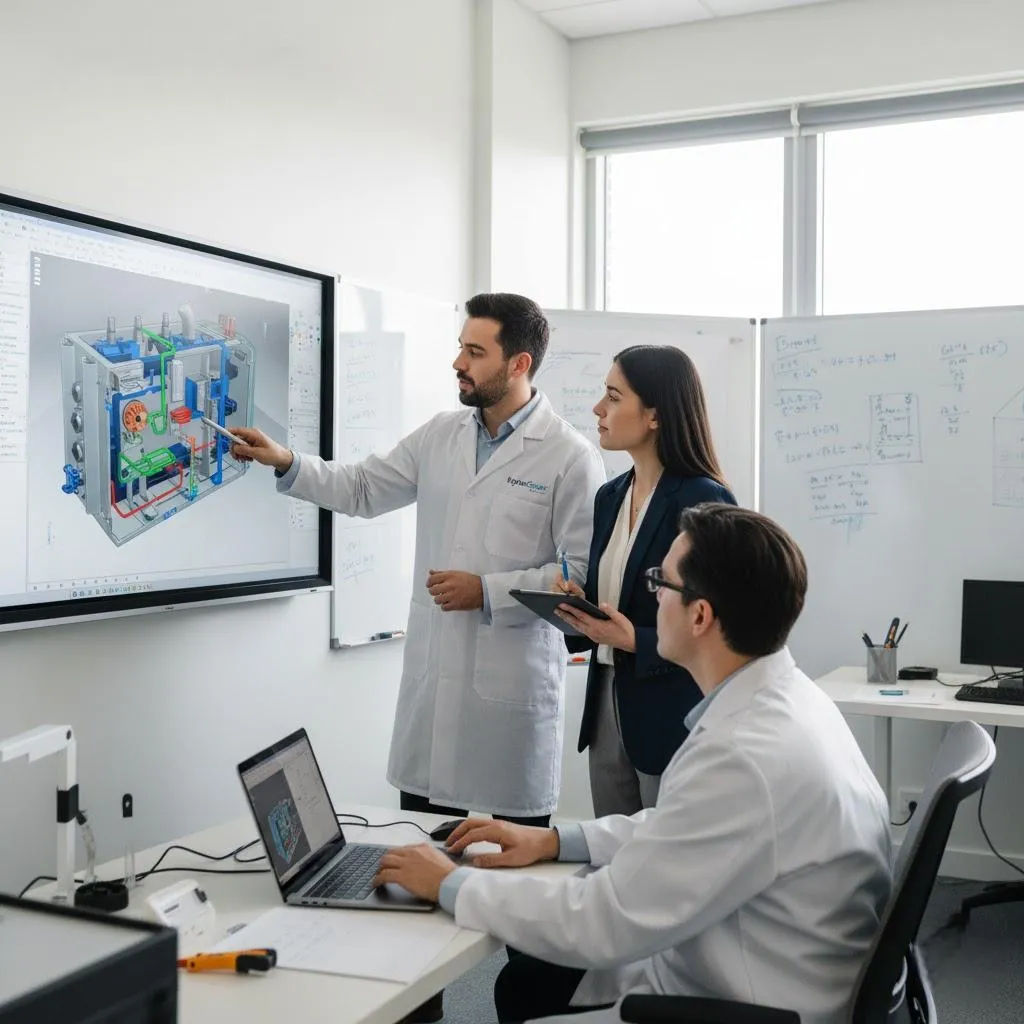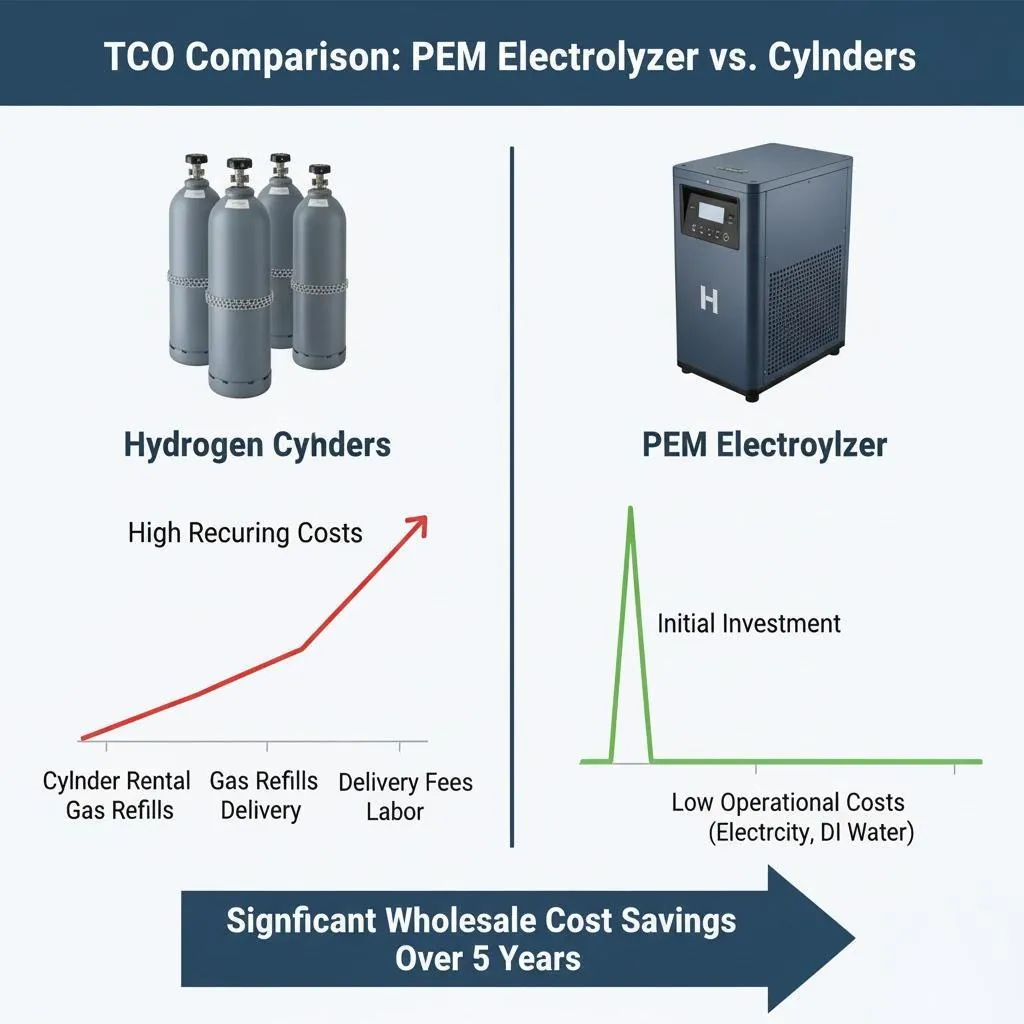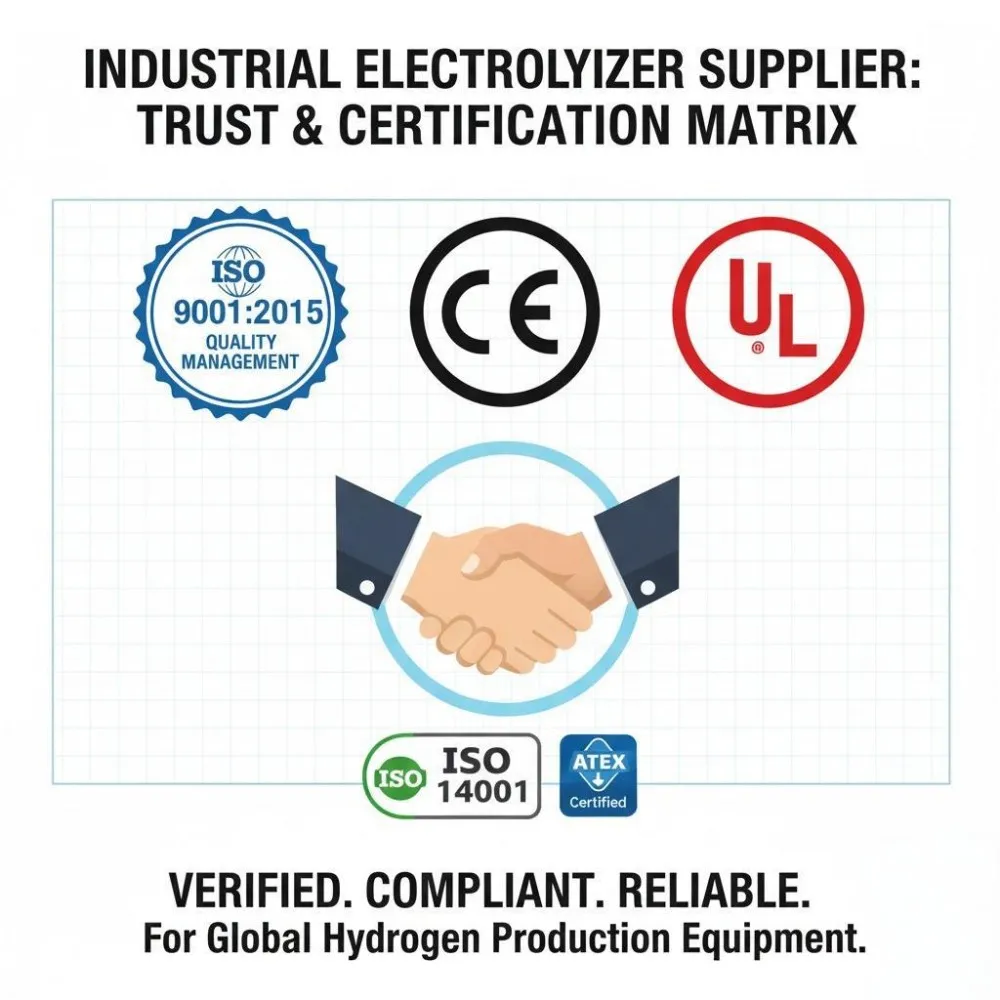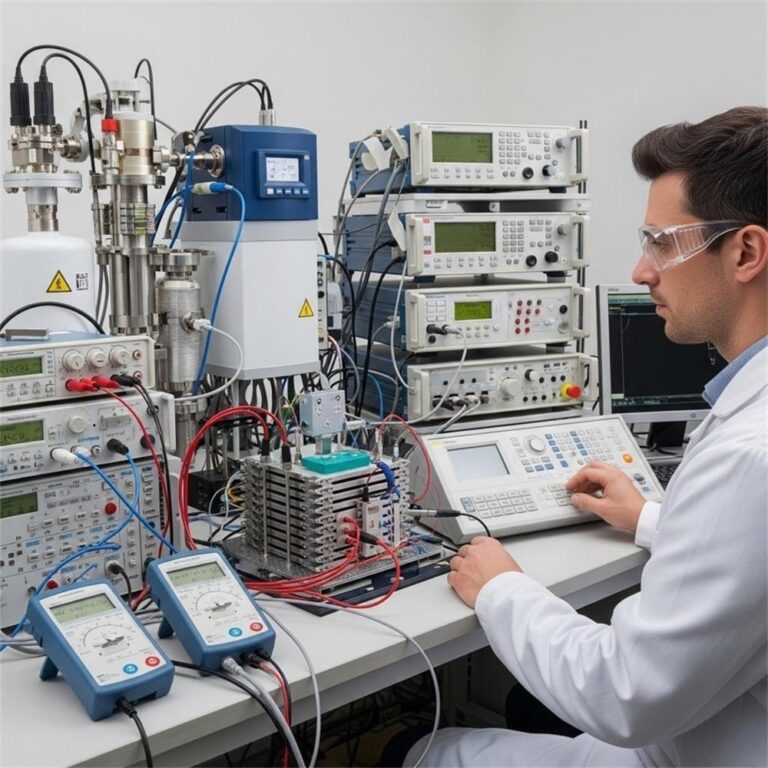The world is abuzz with the promise of green hydrogen, a clean energy carrier poised to revolutionize industries and combat climate change. At the heart of this revolution lies the PEM (Proton Exchange Membrane) electrolyzer cell, a compact yet powerful technology that efficiently converts water into high-purity hydrogen using renewable electricity.
As a leading PEM electrolyzer manufacturer and wholesale supplier, we’re dedicated to helping businesses like yours harness the potential of green hydrogen. This article will dive deep into PEM technology, its unparalleled benefits, and how you can integrate it into your operations to achieve your sustainability goals.
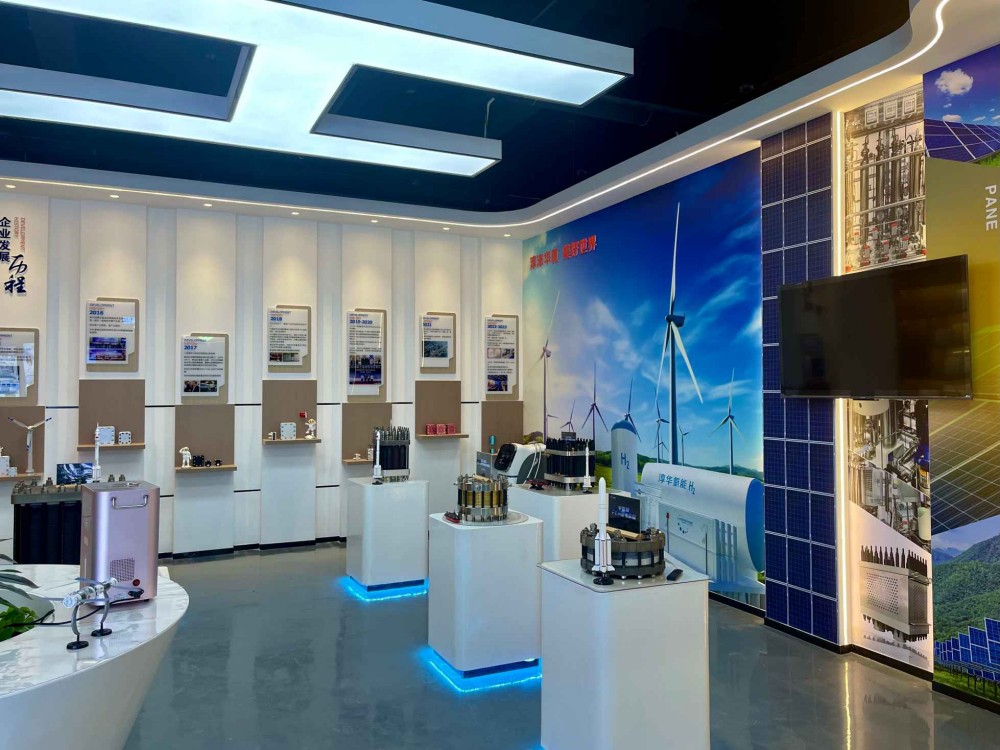
What are PEM Electrolyzer Cells and How Do They Work?
The magic of a PEM electrolyzer cell lies in its elegant simplicity and efficiency. It’s an electrochemical device that splits water (H2O ) into hydrogen (H2) and oxygen (O2) through a process called electrolysis.
The Science Behind PEM Technology
At its core, a PEM electrolyzer utilizes a Proton Exchange Membrane, a specially designed polymer that acts as a solid electrolyte. This membrane is permeable only to protons (H+ ions), effectively separating the hydrogen and oxygen gases produced during the reaction.
Key Components of a PEM Electrolyzer Cell
Each PEM cell is a marvel of engineering, comprising several critical components that work in harmony:
- Membrane Electrode Assembly (MEA): This is the heart of the system, where the actual water-splitting reaction takes place. It consists of the proton exchange membrane sandwiched between two catalyst layers.
- Catalyst Layers: Typically made from precious metals like platinum and iridium, these layers facilitate and accelerate the electrochemical reactions, ensuring efficient hydrogen production.
- Bipolar Plates: These plates serve multiple crucial functions: they distribute water and gases, collect the produced hydrogen and oxygen, and conduct electrical current through the cell stack.
The Electrochemical Reaction Explained
When electricity is applied to a PEM cell:
- Water is fed to the anode side (positive electrode) where it is oxidized, producing oxygen gas (O2), protons (H+), and electrons (e–).
- The protons then selectively pass through the Proton Exchange Membrane to the cathode side (negative electrode).
- Meanwhile, the electrons travel through an external circuit, generating an electrical current.
- At the cathode, the protons combine with the electrons (from the external circuit) to form high-purity hydrogen gas (H2).
The result? Clean, highly pure hydrogen ready for various applications, with oxygen as the only byproduct.
Why Choose PEM Technology for Hydrogen Generation?
PEM electrolyzers offer a compelling array of advantages that make them the preferred choice for modern hydrogen production, especially when integrated with renewable energy sources.
- Compact Design: Unlike their bulkier alkaline counterparts, PEM electrolyzers boast a small footprint, making them ideal for space-constrained applications or integration into modular systems like shipping containers.
- Rapid Response Time: PEM systems can quickly start up, shut down, and adjust their output based on fluctuating power inputs. This agility is crucial for effectively partnering with intermittent renewable energy sources like solar and wind.
- High Hydrogen Purity: A significant benefit of PEM technology is the production of extremely high-purity hydrogen (typically 99.999% or better) directly from the electrolyzer, eliminating the need for costly downstream purification steps.
- Seamless Renewable Energy Integration: Their fast response time and ability to handle dynamic power inputs make PEM electrolyzers perfectly suited for converting surplus renewable electricity into storable green hydrogen.
- Scalability: PEM electrolyzer systems can be easily scaled up or down by adding or removing individual cells, providing flexibility for various production capacities.

Integrating PEM Electrolyzers with Your Power Sources
Harnessing the full potential of PEM electrolyzers often involves intelligent integration with your energy infrastructure.
- Solar Power Integration: Convert peak daytime solar production into valuable hydrogen, providing a robust energy storage solution and maximizing your renewable energy utilization.
- Wind Energy Synergy: Leverage the variable nature of wind energy. PEM electrolyzers can efficiently convert fluctuating wind power into a consistent supply of green hydrogen.
- Battery Systems and Grid Support: Combine electrolyzers with battery storage for hybrid energy setups, enhancing grid stability, and optimizing energy consumption.
Choosing the Right PEM Electrolyzer for Your Needs
Selecting the ideal PEM electrolyzer requires careful consideration of several key factors to ensure it aligns with your operational goals and budget.
- Power Rating: Match the electrolyzer’s power rating to your available electricity supply to ensure optimal performance and avoid oversizing or undersizing.
- Cell Durability & Longevity: Invest in systems featuring high-quality membranes and catalysts, designed for thousands of hours of reliable operation (typically 40,000 to 60,000 hours before major component replacement).
- Efficiency vs. Cost Trade-off: While higher efficiency generally means a higher upfront investment, it often translates to lower operating costs over the long term. Evaluate the ROI based on your specific needs.
- Maintenance Requirements: Consider the ease of maintenance. Some models are designed for minimal intervention, while others may require more frequent checks.
- Application-Specific Considerations: Your intended use case (e.g., industrial hydrogen production, hydrogen refueling station, residential energy storage) will dictate crucial specifications like output capacity, pressure requirements, and cooling systems.
Maintaining Your PEM Electrolyzer for Peak Performance
Proper maintenance is key to maximizing the lifespan and efficiency of your PEM electrolyzer system.
- Water Purity: Always use high-quality deionized water. Impurities can significantly degrade performance and shorten the life of components. Regularly clean filters and inspect for mineral buildup.
- Component Replacement: Membranes and catalysts are consumables that will eventually require replacement after many thousands of operating hours. Follow the manufacturer’s guidelines for timely replacement.
- Preventive Inspections: Implement routine checks of seals, voltage levels, temperature sensors, and overall system parameters to identify potential issues before they escalate.
Real-World Applications of PEM Hydrogen
The versatility of PEM electrolyzers makes them suitable for a wide range of applications across various sectors:
- Industrial Hydrogen Production: Supply clean hydrogen for critical industrial processes in steelmaking, chemical manufacturing, and refineries, enabling decarbonization efforts.
- Hydrogen Refueling Stations: Generate hydrogen on-site and on-demand for hydrogen fuel cell vehicles, supporting the transition to sustainable transportation.
- Residential and Commercial Energy Storage: Integrate with solar or wind power systems for independent energy solutions, reducing reliance on the grid and enhancing energy security.
- Power-to-X Applications: Convert surplus renewable electricity into green hydrogen for use in synthetic fuels, fertilizers, and other valuable chemicals.
The Future is Green with PEM Electrolyzers
The role of PEM electrolyzers in the future of energy is undeniably significant. As the global push for decarbonization accelerates, these systems will be instrumental in scaling up green hydrogen production, making it a viable and competitive energy solution. Innovations in materials science and smart monitoring technologies are continuously improving the efficiency, durability, and cost-effectiveness of PEM electrolyzers, paving the way for a truly sustainable energy future.
Ready to Power Your Future with Green Hydrogen?
As a trusted PEM electrolyzer manufacturer and wholesale supplier, we are here to support your journey into sustainable hydrogen production. We offer a range of high-quality PEM electrolyzer solutions designed to meet diverse industrial and commercial needs.
Contact us today to discuss your project requirements and discover how our PEM electrolyzers can help you achieve your green energy goals.
FAQs
1. What makes PEM electrolyzers better than alkaline ones?
PEM electrolyzers are more compact, have faster response times, and produce purer hydrogen. They’re also better suited for pairing with renewable energy sources.
2. How long does a PEM cell last?
Typically, a high-quality PEM electrolyzer can operate for 40,000 to 60,000 hours before major component replacement is needed.
3. Can PEM systems work off-grid?
Absolutely. They’re often paired with off-grid solar or wind setups, especially in remote or developing areas.
4. Is maintenance of PEM electrolyzers complex?
Not really. With good quality water and a basic inspection routine, most systems run smoothly. Some advanced models even include self-monitoring features.
5. What industries benefit most from PEM hydrogen?
Industries like automotive, aerospace, steelmaking, and energy storage gain the most due to their high energy needs and clean fuel requirements.

